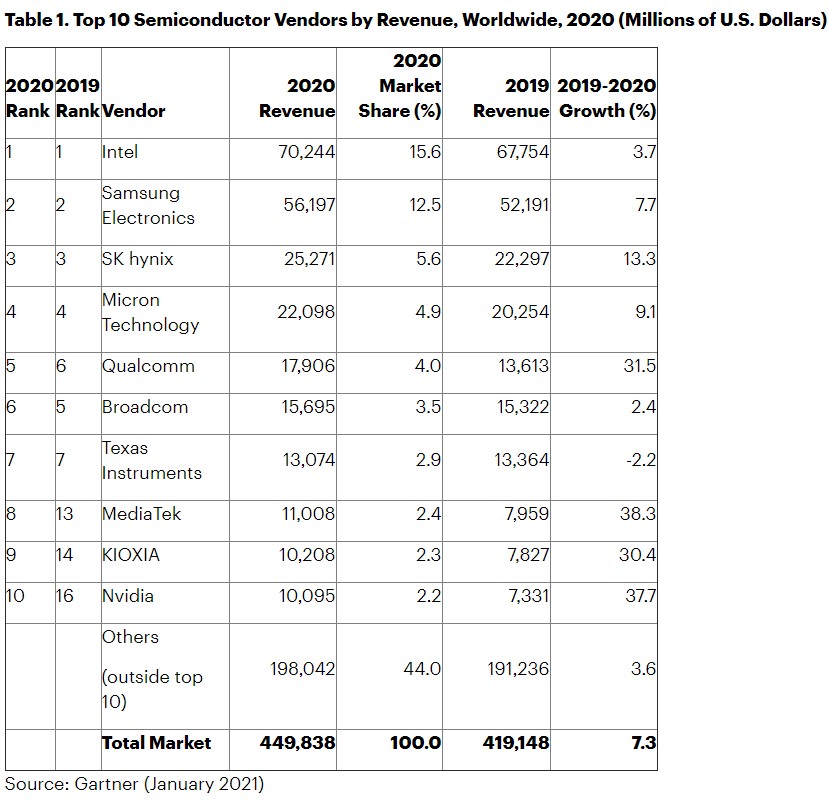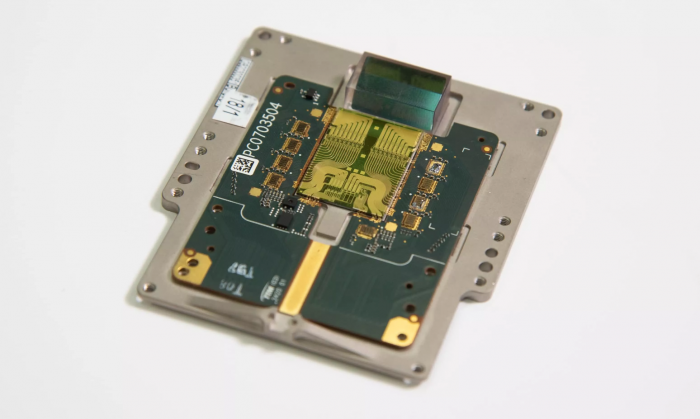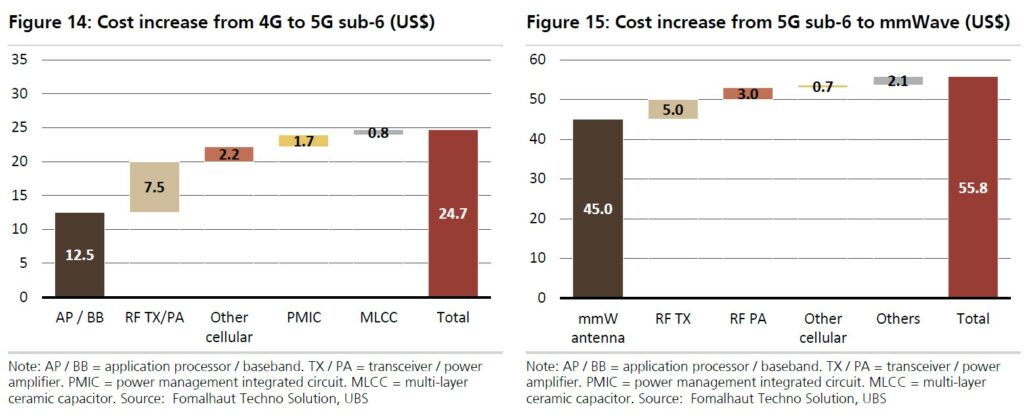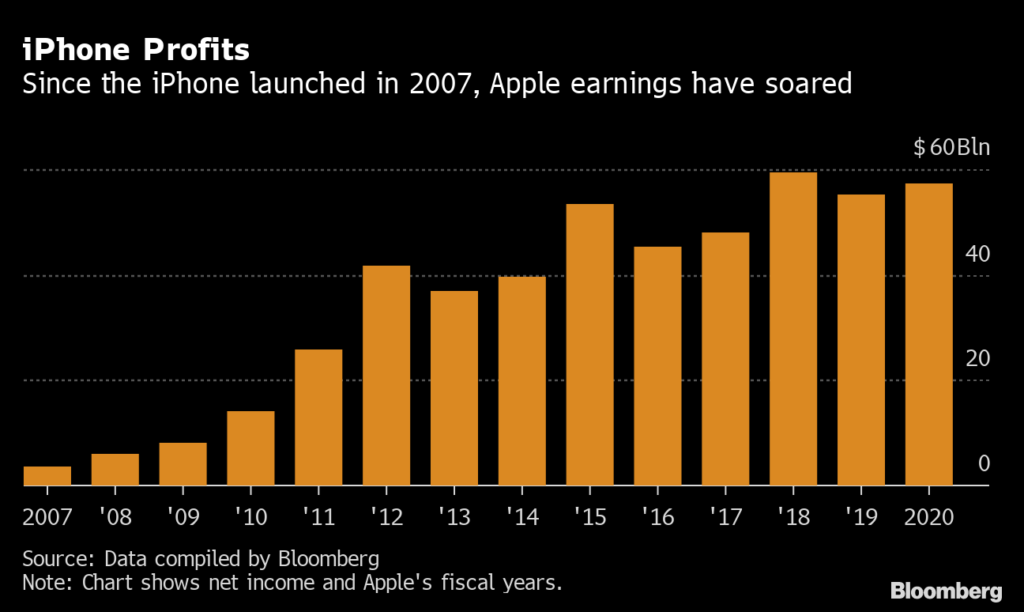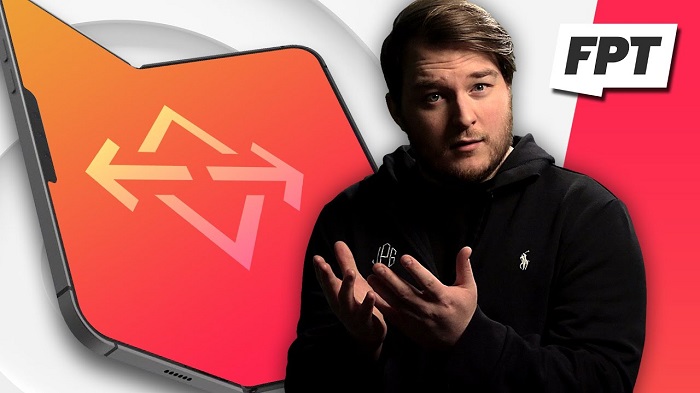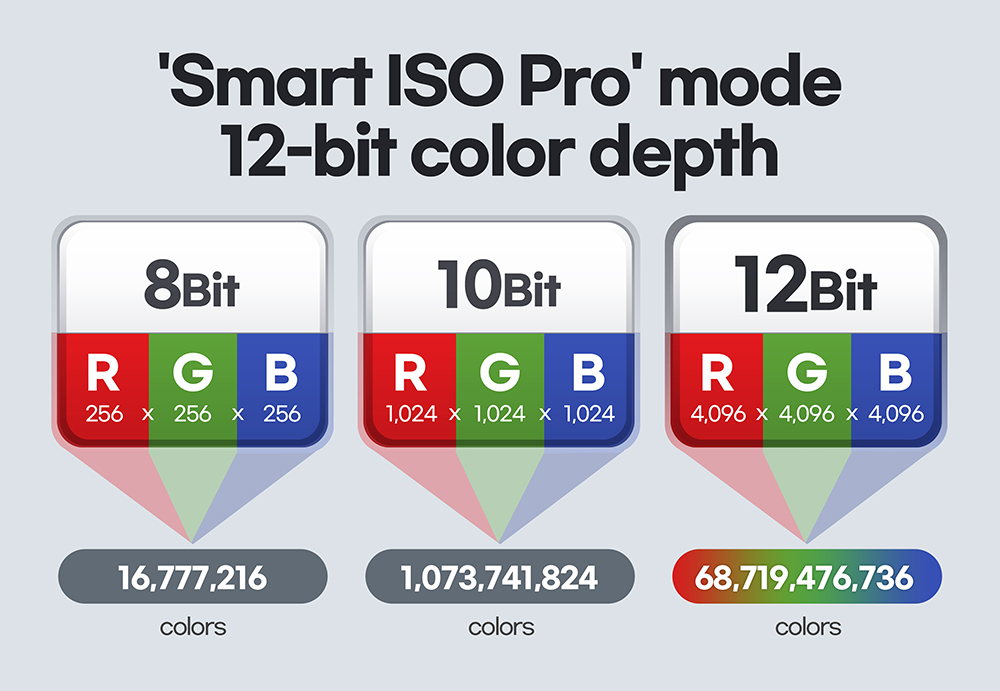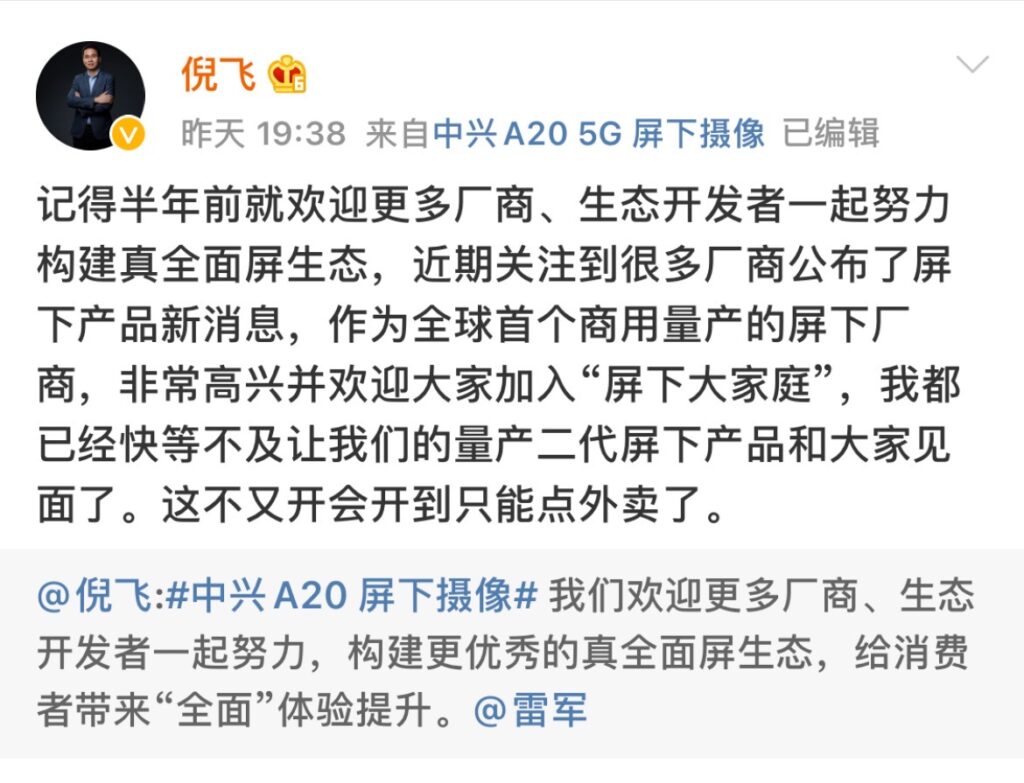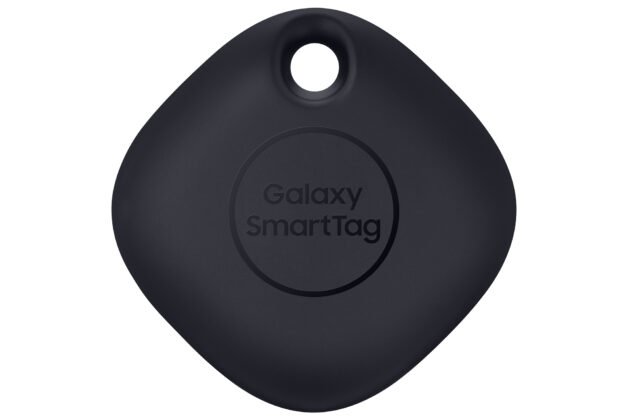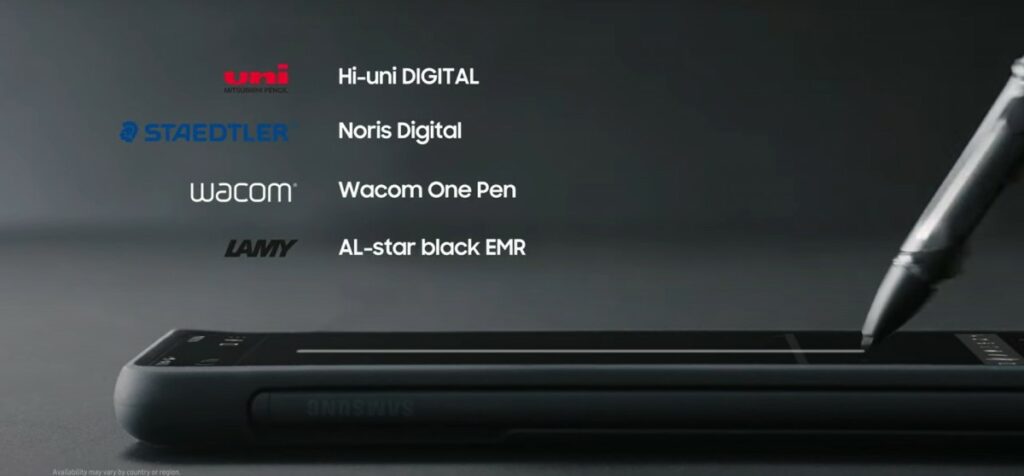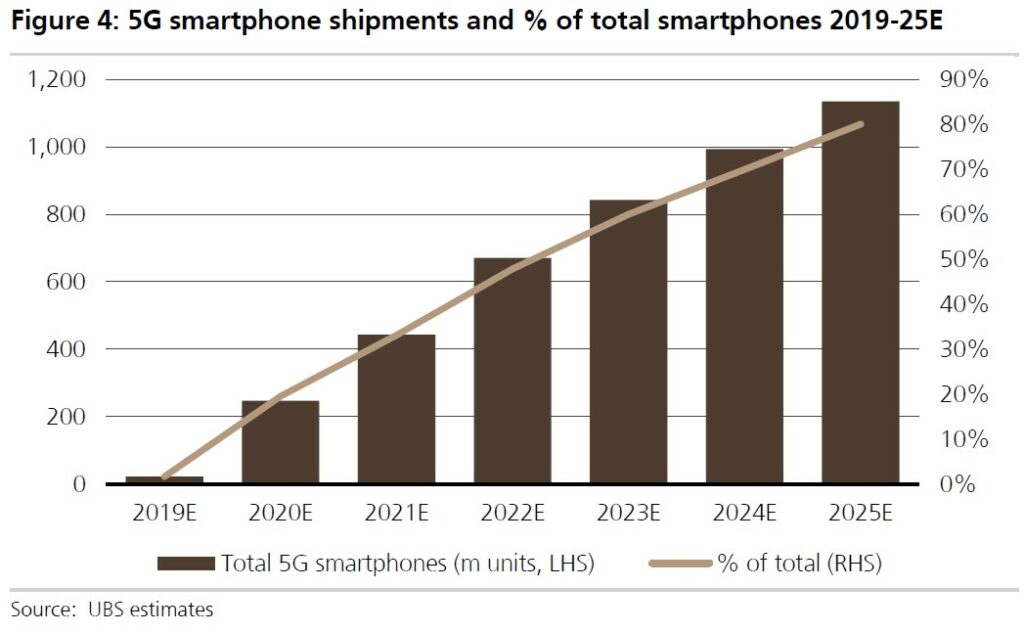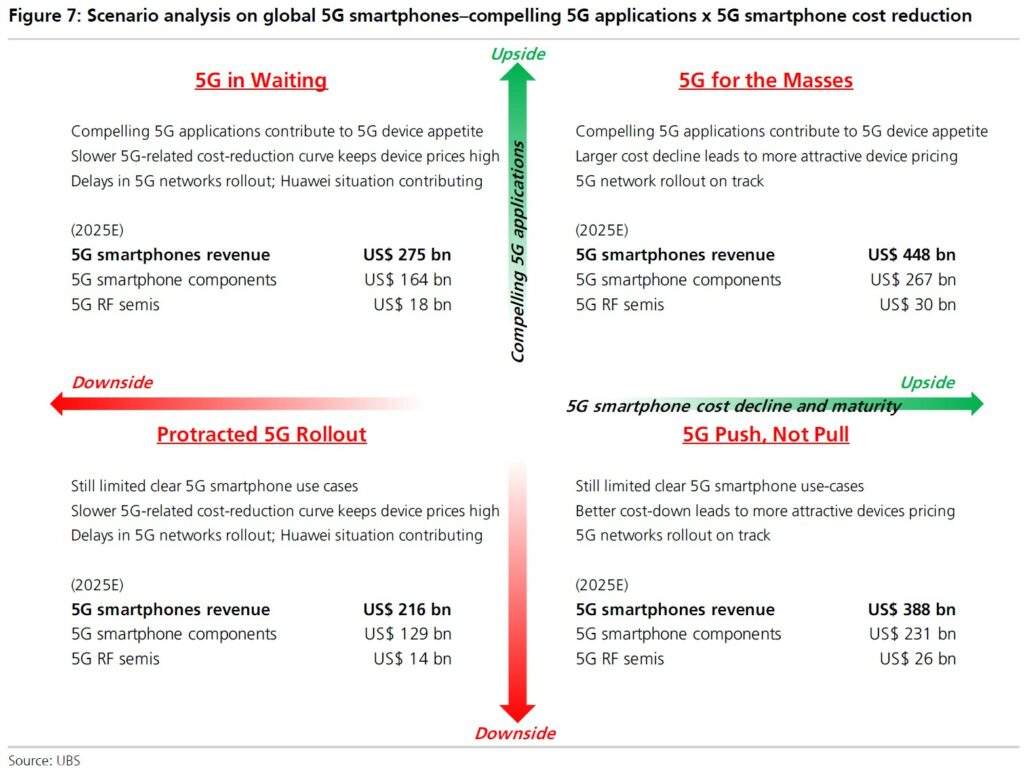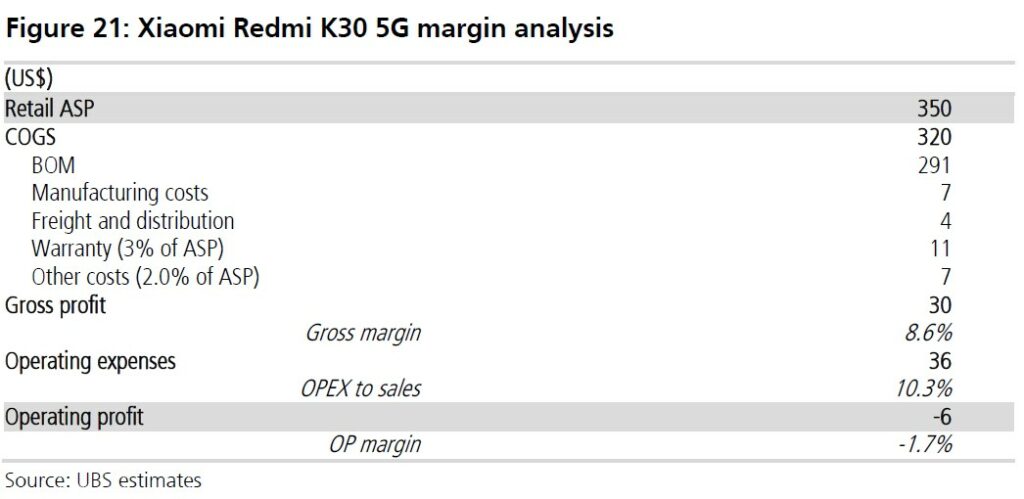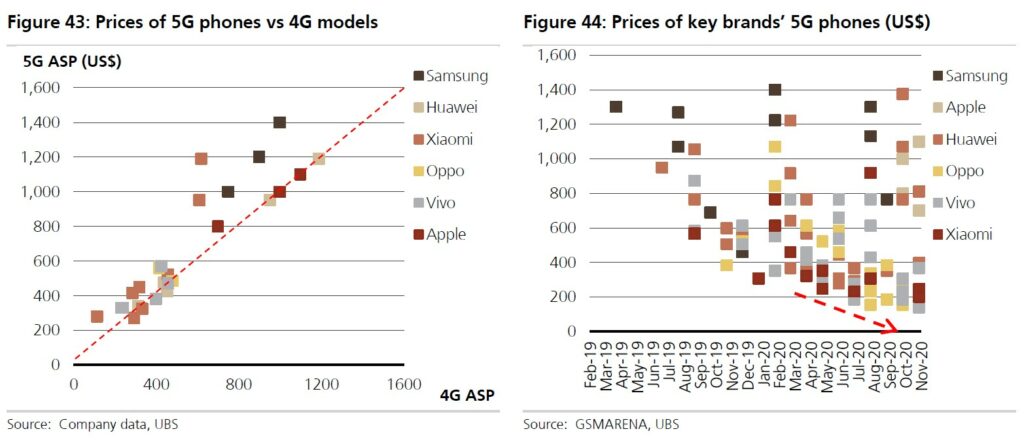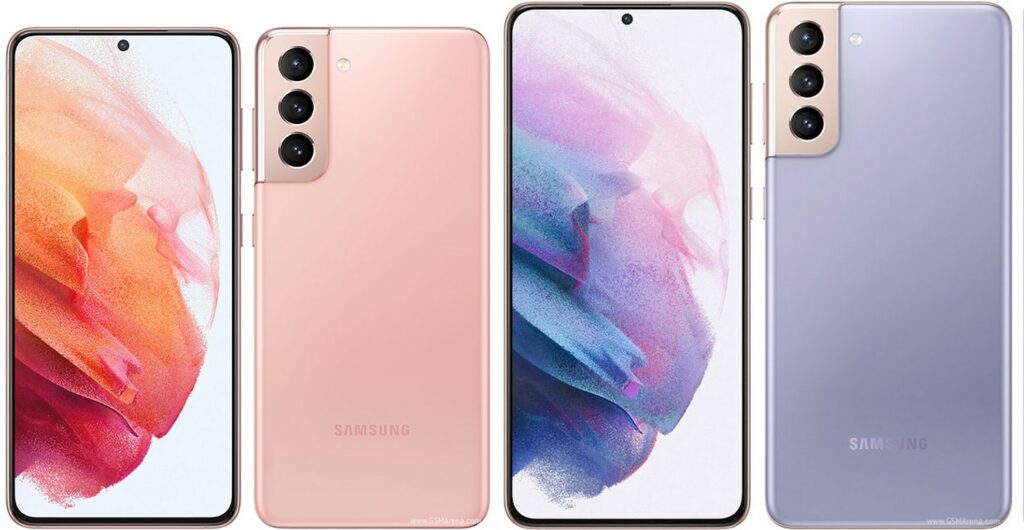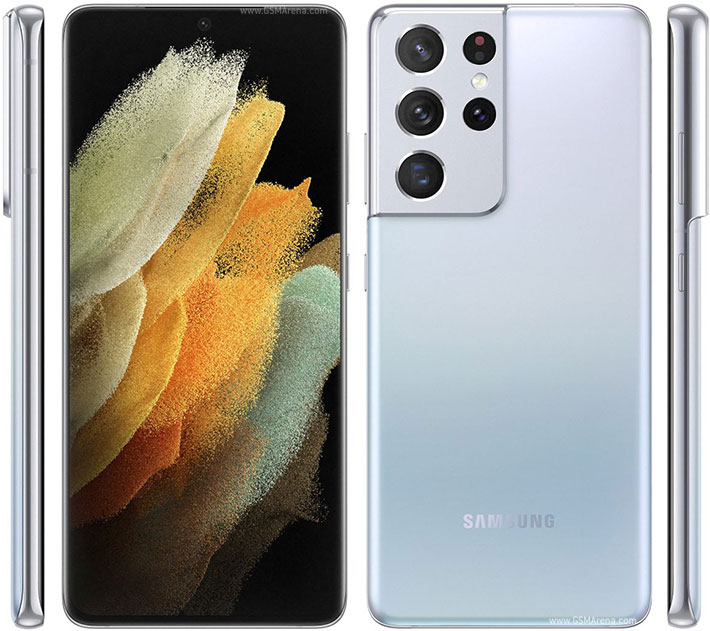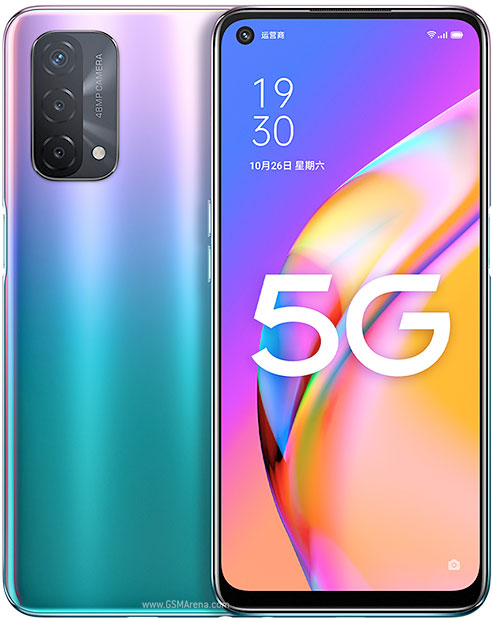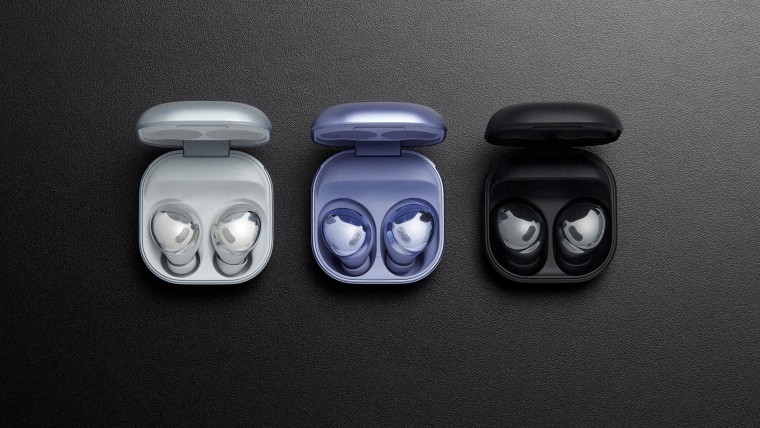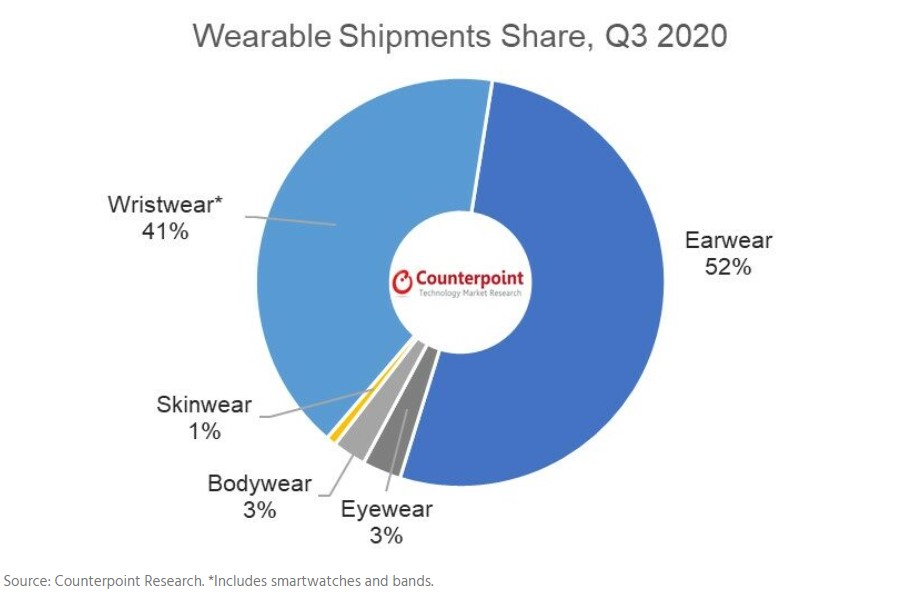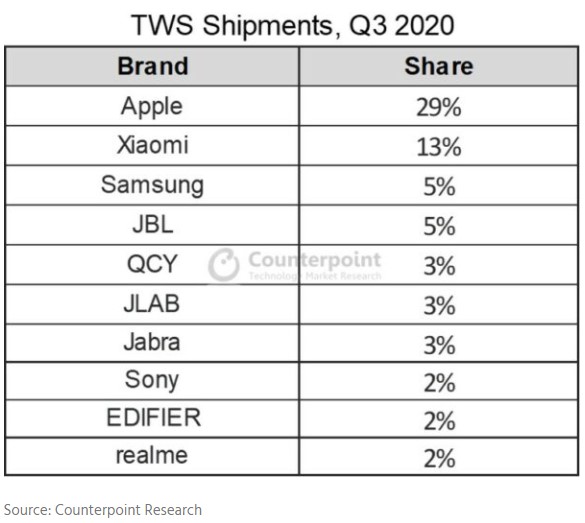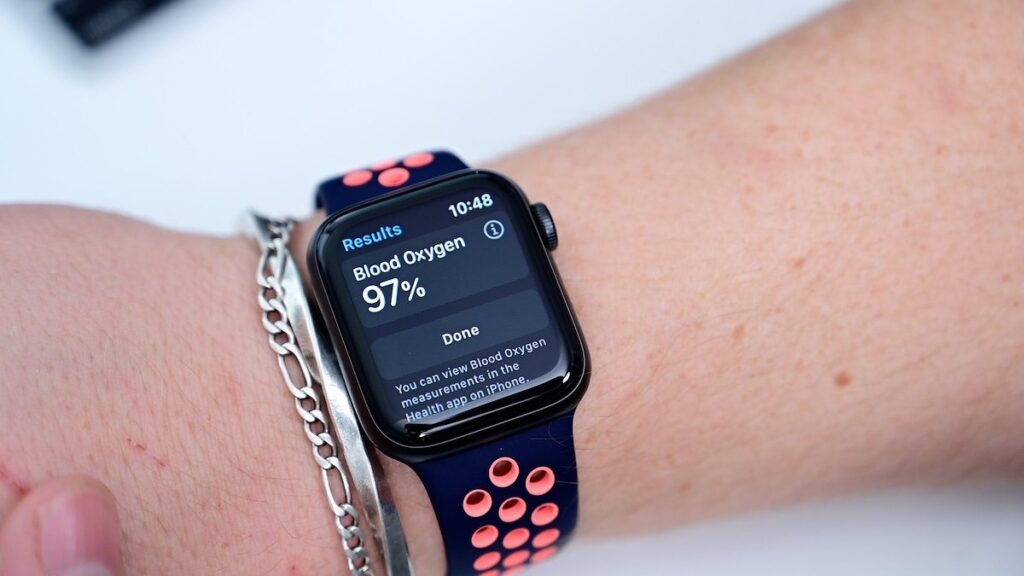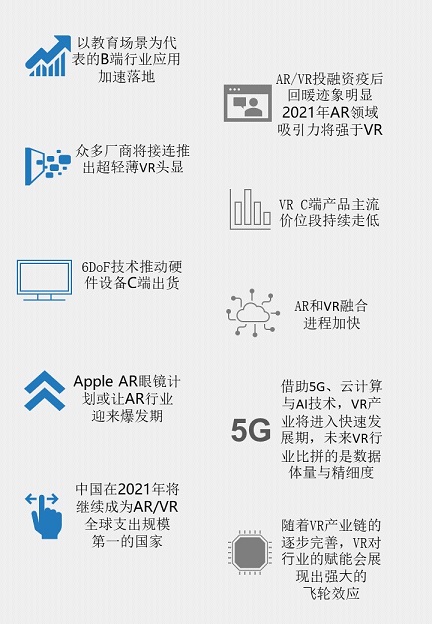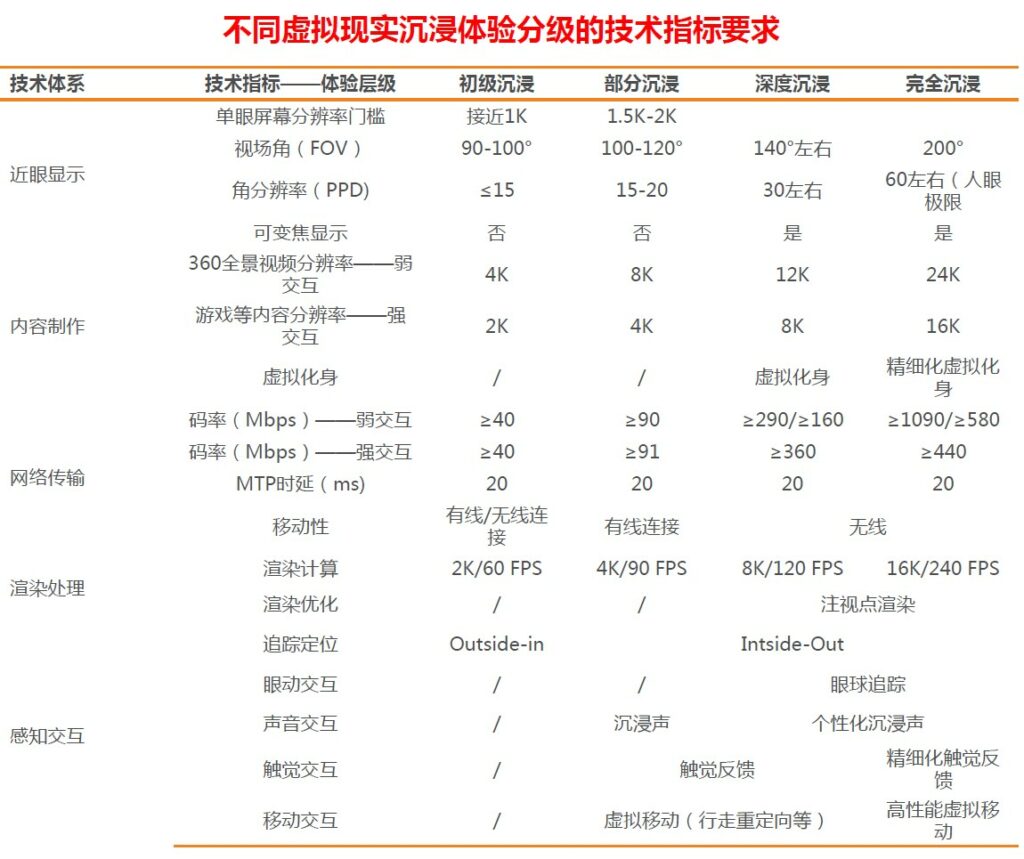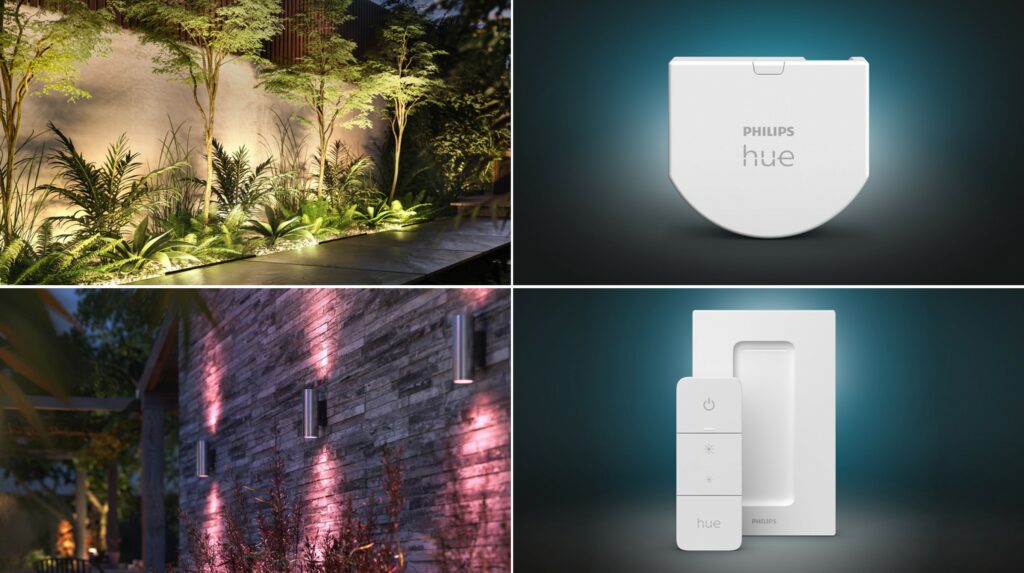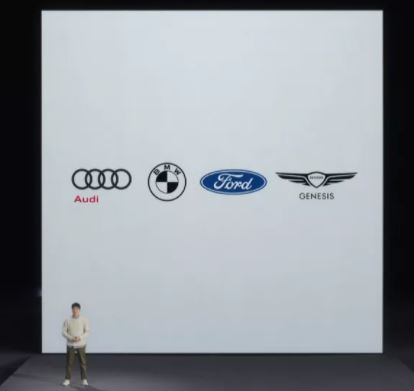
1-17 #CES2021 #TakeCare : TSMC is on track to move 3nm process technology to risk production in 2021 in 2H21; US’ Trump administration has added nine Chinese firms to a blacklist of alleged Chinese military companies; etc.
TSMC is on track to move 3nm process technology to risk production in 2021 followed by volume production in 2H22, according to the pure-play foundry. TSMC also set its capex target at USD25-28B, far higher than the USD20-22B estimated mostly by market observers. (Mac Rumors, Digitimes, press, Bloomberg, Apple Insider)
Following a decline of 12% in 2019, worldwide semiconductor revenue rebounded in 2020 to total USD449.8B, an increase of 7.3% from 2019, according to preliminary results by Gartner. Intel retained its position as the No. 1 global semiconductor vendor by revenue in 2020, followed by Samsung, SK hynix and Micron. (Laoyaoba, Gartner)
[CES2021] Intel’s Mobileye CEO Amnon Shashua has revealed that the company has been focused on a technology trinity that includes Mobileye’s automatically generated, crowdsourced high-definition maps; a driving policy based on Responsibility-Sensitive Safety (RSS); and the company’s camera-first mature sensing technology. Combined with a new Lidar SoC manufactured using Intel silicon, Mobileye posits that it will be able to scale its autonomous driving technology for mass consumer use by 2025. (CN Beta, Intel, ZDNet)
UBS’ findings indicated 5G sub-6GHz entailing USD25 incremental cost from 4G. From 5G sub-6GHz to mmWave, their analysis has suggested an additional cost increase of USD56. These include 2-4 RF PA chips (which convert low-power RF signals to higher-power) to cover the sub-6GHz bands. (UBS report)
Apple has reportedly begun early work on an iPhone with a foldable display, a potential rival to similar devices from Samsung and others, though it is planning only minor changes for iPhone line in 2021. The foldable Apple display in testing would have a mostly invisible hinge with the electronics stationed behind the display. Though overall changes will be minor, Apple is still testing a key upgrade for 2021 with fingerprint on display technology. (Pocket-Lint, Bloomberg)
While Corning is working on its version of a foldable glass, Apple’s new iPhone could feature a different variation of the Ceramic Shield present on the iPhone 12 lineup, one that does not break when bent. The company is reportedly working on 2 models, with both prototypes reportedly passed internal tests for durability. Instead of a hinge to separate the 2 displays, the Ceramic Shield glass is being chemically treated, most likely to handle a significant level of tolerance when it is folded and unfolded multiple times. (CN Beta, WCCFtech)
Li Dongsheng, founder and chairman of TCL Group, has indicated that the company will continue to increase its investment, promote the full production of original projects, and start production as soon as new projects; to make greater contributions to the recovery of Wuhan after the epidemic. Wuhan CSOT will enter medium-sized displays, such as laptops, tablets, car displays, etc., as well as folding screens, and make efforts in the high-end display field. (Laoyaoba, Sohu, EE World)
Samsung has introduced its latest 108MP mobile image sensor, Samsung ISOCELL HM3, which is 1/1.33” and 0.8μm-sized pixels. For faster auto-focus, the HM3 integrates an improved Super PD Plus feature. By merging nine neighboring pixels, the 108MP HM3 mimics a 12MP image sensor with large 2.4μm-pixels. (Gizmo China, GSM Arena, Samsung, Samsung)
Ni Fei, President of ZTE’s Terminal Business Unit and President of Nubia, has revealed that the company’s new smartphone with an under-display camera will soon get launched. ZTE A30 allegedly equips with camera under display, it also features fingerprint on display, and to be launched in 1H21. (GizChina, Gizmo China, Sohu, 163)
Samsung Electronics may initiate price cuts on its NAND flash chips as early as the end of 1Q21, which may trigger a price war among major NAND flash chipmakers, according to Digitimes. (Digitimes, Sina, Digitimes)
Battery
Xiaomi is reportedly testing an 80W wireless flash charging solution. If all goes well, this charging solution will be official in 1H21. (Sohu, IT Home, GizChina)
Samsung has confirmed that some of its future phones will not come with chargers or earphones in the box. Samsung believes the gradual removal of chargers and earphones from its in-box device packaging will help address sustainable consumption issues. Its existing phones, however, will continue to ship with chargers in the box. (Android Central, Android Authority, Samsung)
US’ Trump administration has added nine Chinese firms to a blacklist of alleged Chinese military companies, including plane maker Comac and mobile phone maker Xiaomi. It was mandated by a 1999 law requiring the Defense Department to compile a catalogue of companies owned or controlled by the Chinese military. (Android Authority, Reuters, Sina)
Samsung Galaxy SmartTag is announced, which is a Bluetooth Low Energy (BLE) tracker that could locate the attached lost items. It pairs with a smartphone via Samsung’s SmartThings app, which can show its last known location on a map. It is pried at USD30. An Ultra Wideband (UWB) version of the tracker, SmartTag+ to be available at USD40. (Gizmo China, Phone Arena, The Verge)
Samsung is launching two new S Pens, including a Pro model. Samsung will make standalone S Pens for the device, including a Pro model that enables Bluetooth connection for Air Actions gestures. Samsung may be manufacturing those S Pens for other devices. (GSM Arena, Engadget, Sam Mobile)
LG’s global communicator for consumer tech, Ken Hong, has indicated that the company is not exiting the smartphone business. (Phone Arena, Android Police)
According to TF Securities, global top 10 vendors, except Apple, have begun to cooperate with ODM manufacturers to develop low-end smartphones. In 2019, the TOP 5 mobile phone ODM companies shipped 285M smartphones, an annual increase of 20M units, with customers focus on smartphone vendors such as OPPO, Xiaomi, Huawei, Samsung, Lenovo and LG. Among them, Wingtech, Huaqin and Longcheer accounted for more than 90% of the top 3 ODM manufacturers in smartphone shipments. (TF Securities report)
UBS forecast 246M global 5G smartphone unit shipments (sell-In) in 2020, or 20% of total smartphone shipments. For 2021, they forecast 442M (33% of total). Their initial forecasts are 670M 5G smartphone unit shipments in 2022, increasing to 1.135B in 2025 or 80% of total. (UBS report)
Consistent with those forecasts, and assuming that incremental smartphone bill-of-material (BOM) savings are passed to customers, UBS estimates that global 5G smartphone ASPs could decline by 12% per year from 2020 to 2025. This would mean that global 5G smartphone ASPs could reach a USD446 price point in 2021, USD341 in 2023 and below USD300 in 2025. Those outcomes would be dependent upon multiple variables. UBS introduces scenarios based on variables and key outcomes. (UBS report)
UBS’ teardown analysis of Xiaomi Redmi K30 5G indicates no specific cost-savings compared with comparable 5G phones, implying that most of the low ASP would be absorbed by Xiaomi margins. The launch ASP of the Redmi K30 5G 128GB was CNY2,299 (USD350). When adding to costs of manufacturing, freight/logistics and warranty, UBS estimates a product gross margin of 9%—broadly in line with the corporate average. But considering opex/sales, they estimate operating margin would be about -2%. (UBS report)
After comparing all 5G smartphone models launched by major OEMs so far since end-2019, UBS assesses that 5G smartphone starting prices on average are about 35% above 4G models. While the price differential is not entirely attributable to 5G, as refreshes are accompanied by other specification upgrades, UBS believes the perception is likely that 5G devices come at a premium broadly proportional to this. With more mid-range models hitting the market in 2H20 and more so into 2021, UBS expects the gap to gradually narrow. (UBS report)
Samsung Galaxy S21 series is announced powered by Samsung Exynos 2100 / Qualcomm Snapdragon 888, featuring rear tri 12MP OIS-64MP 1.1x optical zoom OIS-12MP ultrawide + front 10MP, 8+128 / 8+256GB, Android 11.0, fingerprint on display: S21 5G – 6.2” 1080×2400 FHD+ HiD Dynamic AMOLED 2X 120Hz, 4000mAh 25W, 15W wireless charging, 4.5W reverse wireless charging, from USD799. S21+ 5G – 6.7” 1080×2400 FHD+ HiD Dynamic AMOLED 2X 120Hz, 4800mAh 25W, 15W wireless charging, 4.5W reverse wireless charging, from USD999. (GSM Arena, Liliputing, GSM Arena, The Verge, The Verge)
Samsung Galaxy S21 Ultra is announced – 6.8” 1440×3200 QHD+ HiD Dynamic AMOLED 2X 120Hz, Samsung Exynos 2100 / Qualcomm Snapdragon 888, rear quad 108MP OIS-10MP periscope telephoto 10x optical zoom OIS-10MP telephoto 3x optical zoom OIS-12MP ultrawide + front 40MP, 12+128 / 12+256 / 16+512GB, Android 11.0, 5000mAh 25W, 15W wireless charging, 4.5W reverse wireless charging, priced from USD1,199. (GSM Arena, GSM Arena, The Verge, Samsung)
OPPO A93 5G is announced in China – 6.5” 1080×2400 FHD+ HiD IPS 90Hz, Qualcomm Snapdragon 480 5G, rear tri 48MP-2MP depth-2MP macro + front 8MP, 8+256GB, Android 11.0, side fingerprint, 5000mAh 18W, CNY1,999 (USD309). (GSM Arena, OPPO, Gizmo China)
According to TF International Securities analyst Ming-Chi Kuo, Apple is predicted to release 2 new MacBook Pro models 14” and 16” sporting an “all-new design form factor” and a multitude of hardware changes in 3Q21. The next-generation MacBook Pro models are anticipated to resurrect MagSafe for Mac and ditch the OLED Touch Bar in favor of physical function buttons. Apple will move the new models to heat pipe thermal designs enabling more headroom for high-performance, high-heat chips. Apple will rely on the M1 chip or a more powerful version that has not yet been announced. (TF Securities, Mac Rumors, GSM Arena, 9to5Mac, Apple Insider)
Samsung Galaxy Buds Pro is announced, featuring “Intelligent ANC”, head tracking for 360º sound “Dolby Head Tracking”, an 11mm woofer and 6.5mm tweeter for better audio quality. The earbuds house 3 microphones and a Voice Pickup Unit (VPU) that can ascertain – using both hardware and software. It is priced at USD199. (GSM Arena, Samsung, The Verge, Neowin)
TWS (true wireless stereo) hearables and smartwatches continued to shore up the wearables market in 2020, with annual TWS shipments expected to grow 83% to 238M units, while smartwatches will weather subdued category spending to increase 2% to tip the 100M mark. The wearables market is divided into 5 distinct segments, of which earwear and wristwear comprise the majority of devices. Combined, they accounted for 93% of the overall market in 3Q20, with earwear growing fastest on product changes from vendors and shifts in consumer demand. (Counterpoint Research, GSM Arena)
A study by New York’s Mount Sinai hospital shows how Apple Watches could spot a coronavirus infection before a diagnosis. The researchers have used data from Apple Watches to track a metric called heart rate variability (HRV), which measures how much the time between a person’s heartbeats changes throughout the day. High HRV means that the person’s nervous system is responding to cues in a healthy and active way, while a low HRV implies that the nervous system could be struggling to adapt to changes. Scientists know that low HRV can predict if a person may be infected by a virus, so the researchers wanted to check whether it could be used to predict coronavirus infections in particular. (Digital Trends, CBS News, medRxiv, Apple Insider)
Under the dual impact of the Covid-19 pandemic and economic downward pressure, the AR/VR industry will still achieve many breakthroughs in hardware, software, and applications in 2020. The emergence of the “stay-home economy” in the context of the epidemic also makes AR/VR have a more realistic and urgent entry point on both the B-side and the C-side. IDC has released the top 10 predictions of the AR/VR market in 2021. (IDC, Laoyaoba)
VR/AR is one of the most suitable footholds for 5G. VR involves the “5 horizontal” technical architecture: It refers to near-eye display, perceptual interaction, network transmission, rendering processing and content production. A high-quality VR experience (primary, partial, deep, and full immersion) is extremely beneficial to the network environment requirements: 1) network bandwidth requirements for real-time transmission of ultra-clear images; 2) low-latency processing. (TF Securities report)
[CES2021] Philips has announced a series of new and redesigned products for its HomeKit-compatible smart lighting lineup, including 2 new outdoor lighting solutions Philips Hue Amarant (USD170) and a redesigned use-anywhere dimmer switch Philips Hue Dimmer Switch (USD25). (Digital Trends, CN Beta, Apple Insider)
Samsung has announced partnerships with Audi, BMW, Ford, and Genesis to turn smartphone into a car key, saying the feature may be available as soon as Aug 2021. Those digital car keys should work with Apple iPhones and other Android phones. Samsung is part of multiple standards bodies that are working on the tech, including the FiRa Consortium and the Car Connectivity Consortium, of which Apple is also a leading member. (The Verge, Sam Mobile, Tech Republic)

